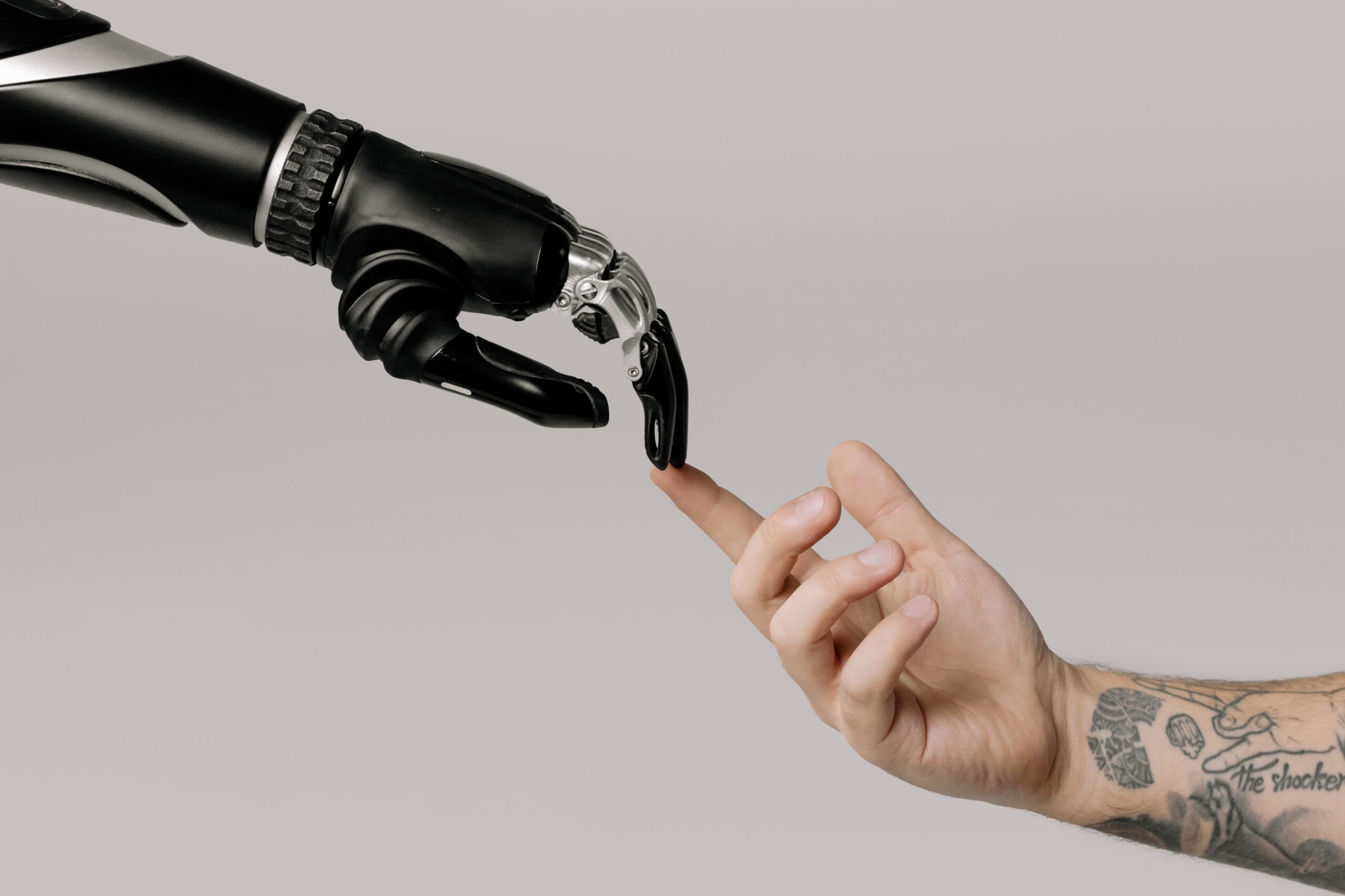Much of the artificial intelligence (AI) we have seen prior to this year has been on autopilot.
Think about how you may have used Power Automate, for example, to automate a process to save you time. It has to be designed by someone and coded, but at the click of a button or addition of a piece of data, it runs by itself and does a task or set of tasks. You do not really even have to think about what it is doing, you just know that it does work for you. Or perhaps you have used Power Virtual Agents to enhance the customer service experience on your website. Again this has to be designed and coded by people, but hopefully it answers customer’s questions itself a good part of the time, and when it cannot, it directs the customer to the right live person who can provide the answer. This is also not only a time saver for the customer service department, but generally a good experience for the customer who can now quickly get their questions answered, many times without waiting for a live person to become available. Plus when they reach someone, they are more likely to encounter someone who can help them directly.
Introducing Copilot AI
Over the last few months, announced at Microsoft Build in May, Microsoft is announcing copilots for nearly every Microsoft 365 application and many of their other applications as well. The idea is for these copilots to be AI that work alongside people, freeing us from digital debt and fueling innovation. The hope is that these tools will remove some of the drudgery of work and allow us to concentrate our time and efforts on tasks that truly use our skills. Powerful potential indeed – are leaders and businesses ready for the age of AI?
Digital Debt is costing us innovation
But first, what exactly is Digital Debt? And how does it differ from Technical Debt? Technical Debt is the accumulated costs associated with using outdated or otherwise ill-suited technology. It can appear either as hidden costs that result from an aging solution or from a flaw designed into it from the beginning. The debt is the cost of reworking, measured it time, resources and costs, that would be required to update the solution using modern technology. This type of debt often occurs when a company embraces speed as an initial priority and later fails to shift with emerging trends. This is particularly met when the outdated technology meets the unsupported stage.
Digital Debt is the accumulated loss of profit or business momentum from not adopting digital channels or technologies. It is measured as the difference in advancement a company has in regards to its peers on the market. In other words, how far it has fallen behind in necessary digital transformation efforts. Technical debt may have a digital component to it, but Digital debt is the failure to digitalize at all.
According to the 2023 Work Trend Index: Annual Report published by Microsoft https://assets.ctfassets.net/y8fb0rhks3b3/5eyZc6gDu1bzftdY6w3ZVV/edddc40a33f7e78b3d55a64b590825ac/WTI_Will_AI_Fix_Work_051723.pdf the data points to three urgent insights business leaders must know as they look to quickly and responsibly adopt AI.
- Digital debt is costing us innovation
- There’s a new AI-employee alliance
- Every employee needs AI aptitude
For the purpose of this discussion, Microsoft appears to be labeling digital debt not as the failure to digitalize at all, but as the fact that the inflow of data, emails, meetings, and notifications has outpaced human’s ability to process it all. Employees end up feeling that everything is important and thus they focus their workday on trying to get out of the red. These people are 3.5 times more likely to also struggle with innovation and strategic thinking.
I meet very few people today who do not spend more time in meetings than they would prefer. In fact the number one productivity disruptor that people report is inefficient meetings, followed closely at number three by having too many meetings. Others struggle with spending too much time searching for information. Across the Microsoft 365 apps, the average employee spends 57% of their time communicating (in meetings, email, and chat) but only 47% of their time creating (in documents, spreadsheets, and presentations).
AI can tip this balance in people’s favor by reclaiming time and energy for the important work that fuels innovation. With AI, every meeting becomes a digital artifact. When meetings are more than a point in time, you can engage and interact with them when and how it works best for you. How can your company take action?
- Identify and address your organization’s productivity disruptors with insights from employee listening
- Radically rethink the workday. As AI frees up time and energy, protect focus time for the creative work that leads to innovation.
- Think of meetings as a digital artifact and not just a point in time. Encourage people to leverage AI-powered intelligent meeting recaps, transcripts, and recordings to engage with meetings how and when it works best for them.
What is meant by a new AI-employee alliance?
Of course, there are some who are concerned that their job may be replaced by AI. However, the data actually revealed that employees are more eager for AI to lift the weight of work than they are afraid of job loss to AI. Three in four people report that they would be comfortable using AI for administrative tasks. Most people also said they would be comfortable using it for analytical and even creative work. They are also looking for AI to assist with finding the right information, summarizing their meetings and action items, and planning their day.
The data also shows that business leaders are looking to empower people with AI rather than replace them. In fact, reducing headcount was last on a list of what leaders would value from AI. They were also 2 times more interested in increasing employee productivity than reducing headcount. Other top interests were helping employees with necessary but repetitive tasks, increasing employee wellbeing, and eliminating employee time spent on low-value activities.
With AI poised to remake work, a future fueled by AI will arrive in months not years. What can you do to make sure this happens at your organization?
- Bring leaders together across the organization to create guardrails that help people experiment safely and responsibly with AI.
- Be intentional and programmatic. Pick specific disciplines, processes, and workflows to test and learn, and identify evangelists to lead the charge.
- As you begin to adopt AI, deploy it where people need the most relief based on your organization’s pain points and challenges.
Every employee needs AI aptitude
The shift to AI as a copilot requires a whole new way of working – and a new AI aptitude. Skills like critical thinking and analytical judgement, complex problem solving, and creativity and originality are new core competencies. It’s going to be essential that employees learn when to leverage AI, how to write great prompts, how to evaluate creative work, and how to check for bias. The ability to work iteratively with AI will become a key skill for every employee.
You can take action by
- Build AI aptitude by practicing prompt engineering and fact-checking and verifying AI-generated content.
- Leverage learning resources and crowdsource best practices from employees as they adapt to AI as copilot.
- Consider how roles and functions can evolve alongside AI, creating opportunities for reinvention.
Leaders will need to help employees learn to work responsibly with AI. If you need advice or direction, reach out to Barnes Business Solutions, Inc. for assistance!













